Maintaining good oral hygiene is essential for a healthy mouth and overall well-being. While regular brushing and flossing are important, incorporating an oral irrigator into your oral hygiene routine can take your dental care to the next level. Here are several reasons why you should consider upgrading your oral hygiene routine with an oral irrigator:
- Enhanced Plaque Removal: An oral irrigator uses a targeted stream of water or a combination of water and air to remove plaque and debris from hard-to-reach areas of your mouth. It can effectively reach between teeth, along the gum line, and around dental work such as braces or implants, providing a more thorough and comprehensive clean than traditional brushing and flossing alone.
- Improved Gum Health: Oral irrigators are particularly beneficial for improving gum health. The pulsating action of the water stream helps to stimulate blood circulation in the gums, promoting gum health and reducing the risk of gum disease. It can also help remove bacteria and food particles that can contribute to gum inflammation and irritation.
- Prevention of Dental Issues: Regular use of an oral irrigator can help prevent dental issues such as cavities, gum disease, and bad breath. By effectively removing plaque and bacteria, it reduces the risk of tooth decay and gum infections. It also freshens breath by eliminating odor-causing bacteria and food debris.
- Convenience and Accessibility: Oral irrigators are easy to use and provide a convenient alternative to traditional flossing. They are especially beneficial for individuals with braces, dental bridges, or other dental work that can make flossing challenging. Oral irrigators can also be used by those with dexterity issues or individuals who find traditional flossing uncomfortable.
- Customizable Settings: Many oral irrigators offer adjustable pressure settings, allowing you to customize the water flow to your comfort level and specific dental needs. This is particularly helpful for individuals with sensitive gums who may require a gentler water stream.
The Benefits of Using an Oral Irrigator
While brushing and flossing are great at removing food particles and plaque, they can only reach so far. This is where an oral irrigator comes in. It uses a stream of water to clean between your teeth and along your gumline, getting rid of any remaining debris that may have been missed by brushing and flossing alone. Here are some of the benefits of using an oral irrigator:
- Better overall oral hygiene: By removing more food particles and bacteria from your mouth, you’ll have fresher breath and healthier teeth and gums.
- Improved gum health: An oral irrigator can help reduce the risk of gum disease by removing bacteria and food particles from the gumline.
- Less bleeding during dental cleanings: If you have a history of bleeding gums during dental appointments, using an oral irrigator regularly can help reduce inflammation and bleeding.
- Great for people with braces or dental implants: It can be challenging to clean around orthodontic appliances or implants, but an oral irrigator can make it easier.
How to Use an Oral Irrigator
Using an oral irrigator is relatively simple. Here are the steps:
- Fill the reservoir with warm water or an antimicrobial mouthwash, following the manufacturer’s instructions.
- Choose a tip and attach it to the handle. There are different types of tips available, depending on your needs.
- Start at the back of your mouth and work your way forward, holding the tip at a 90-degree angle to your teeth and gumline.
- Turn on the oral irrigator and adjust the pressure as desired. It’s best to start on the lowest setting and work your way up as you get used to the sensation.
- Move the tip along your gumline, pausing briefly between each tooth.
- When you’re finished, turn off the oral irrigator and empty the reservoir.
It’s important to note that an oral irrigator should not replace brushing and flossing, but rather be used in conjunction with them. Also, be sure to clean your oral irrigator properly by following the manufacturer’s instructions.

An oral irrigator is a valuable tool in maintaining good oral hygiene. By investing in one and using it properly, you can enjoy fresher breath, healthier teeth and gums, and less bleeding during dental cleanings. If you’re interested in purchasing an oral irrigator, be sure to do your research and choose one that meets your needs and budget.
